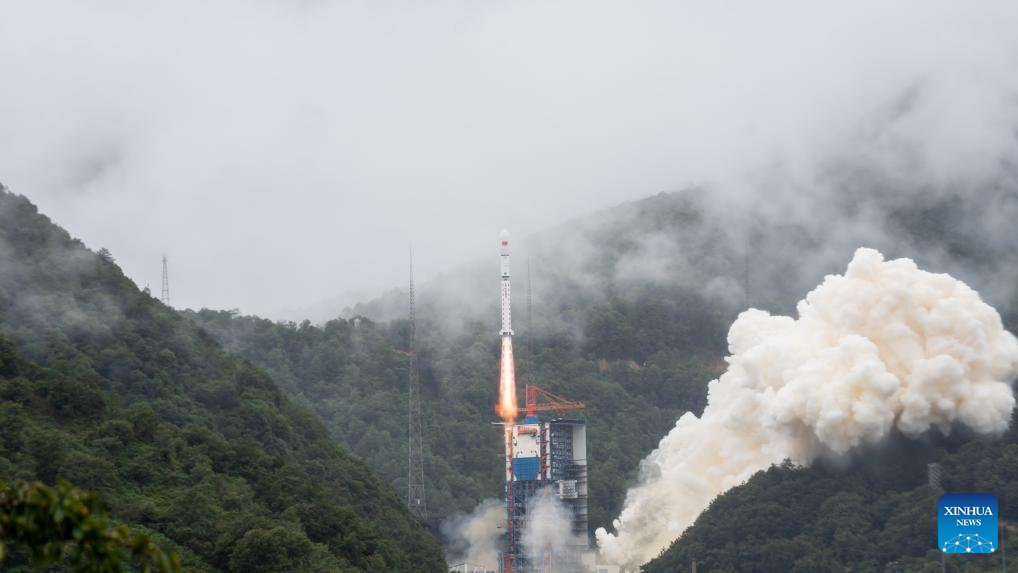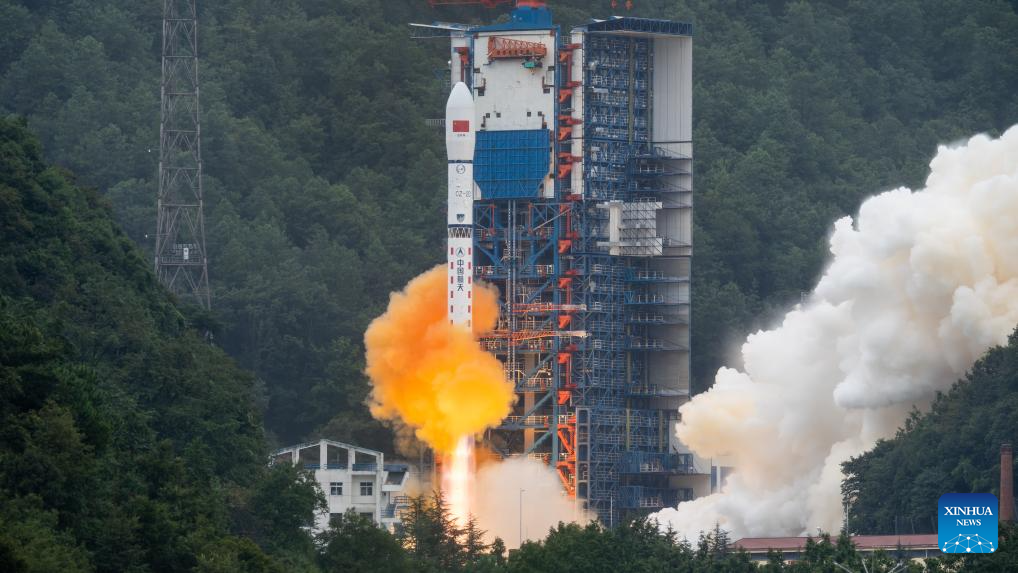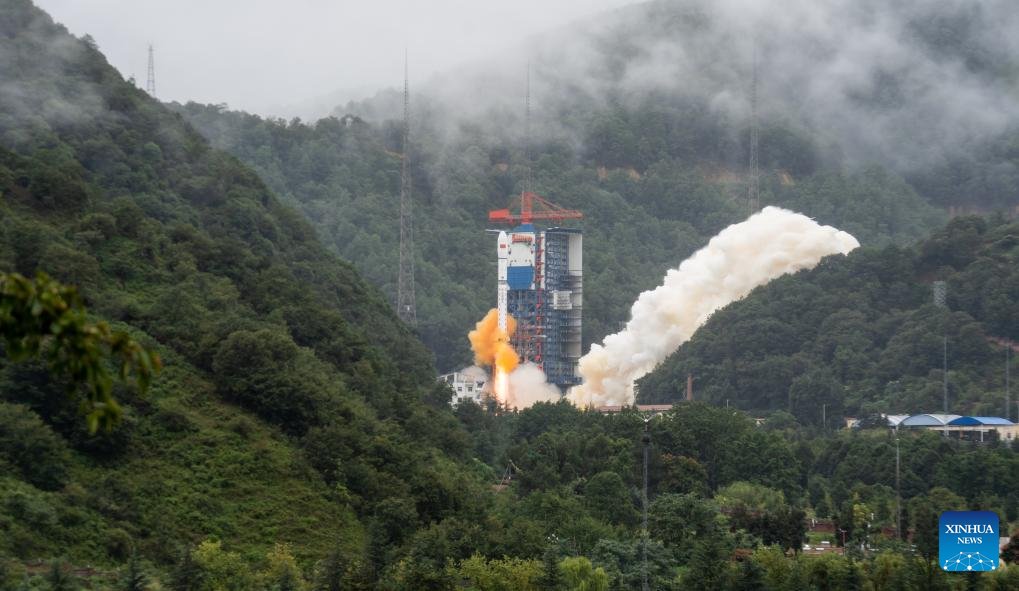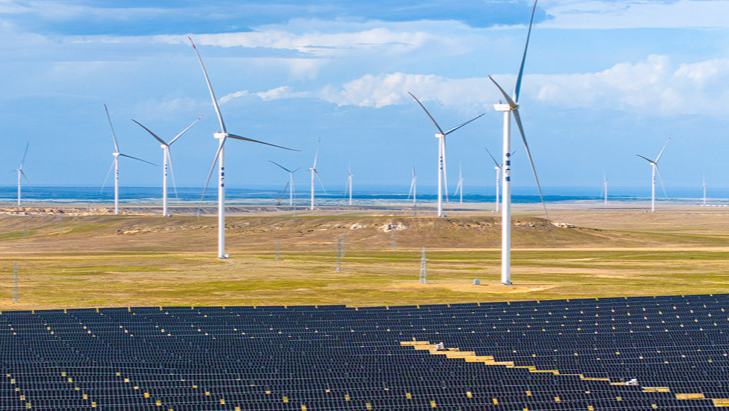China successfully launches two new test satellites

A Long March-2D carrier rocket carrying test satellites, Shiyan-30 01 and 02, blasts off from the Xichang Satellite Launch Center in southwest China's Sichuan Province, Sept. 29, 2025. The two test satellites were launched at 11:00 a.m. (Beijing Time) and entered their preset orbits successfully. The satellites will be mainly used for experimental verification of Earth observation technologies. (Photo by Yang Xi/Xinhua)
XICHANG, Sept. 29 (Xinhua) -- China on Monday sent two new test satellites into space from the Xichang Satellite Launch Center in the southwestern province of Sichuan.
The test satellites, Shiyan-30 01 and 02, were launched at 11:00 a.m. (Beijing Time) aboard a Long March-2D carrier rocket and entered their preset orbits successfully.
The satellites will be mainly used for experimental verification of Earth observation technologies.
The launch marked the 598th flight mission of the Long March series carrier rockets.

A Long March-2D carrier rocket carrying test satellites, Shiyan-30 01 and 02, blasts off from the Xichang Satellite Launch Center in southwest China's Sichuan Province, Sept. 29, 2025. The two test satellites were launched at 11:00 a.m. (Beijing Time) and entered their preset orbits successfully. The satellites will be mainly used for experimental verification of Earth observation technologies. (Photo by Yang Xi/Xinhua)

A Long March-2D carrier rocket carrying test satellites, Shiyan-30 01 and 02, blasts off from the Xichang Satellite Launch Center in southwest China's Sichuan Province, Sept. 29, 2025. The two test satellites were launched at 11:00 a.m. (Beijing Time) and entered their preset orbits successfully. The satellites will be mainly used for experimental verification of Earth observation technologies. (Photo by Yang Xi/Xinhua)
Photos
Related Stories
Copyright © 2025 People's Daily Online. All Rights Reserved.









